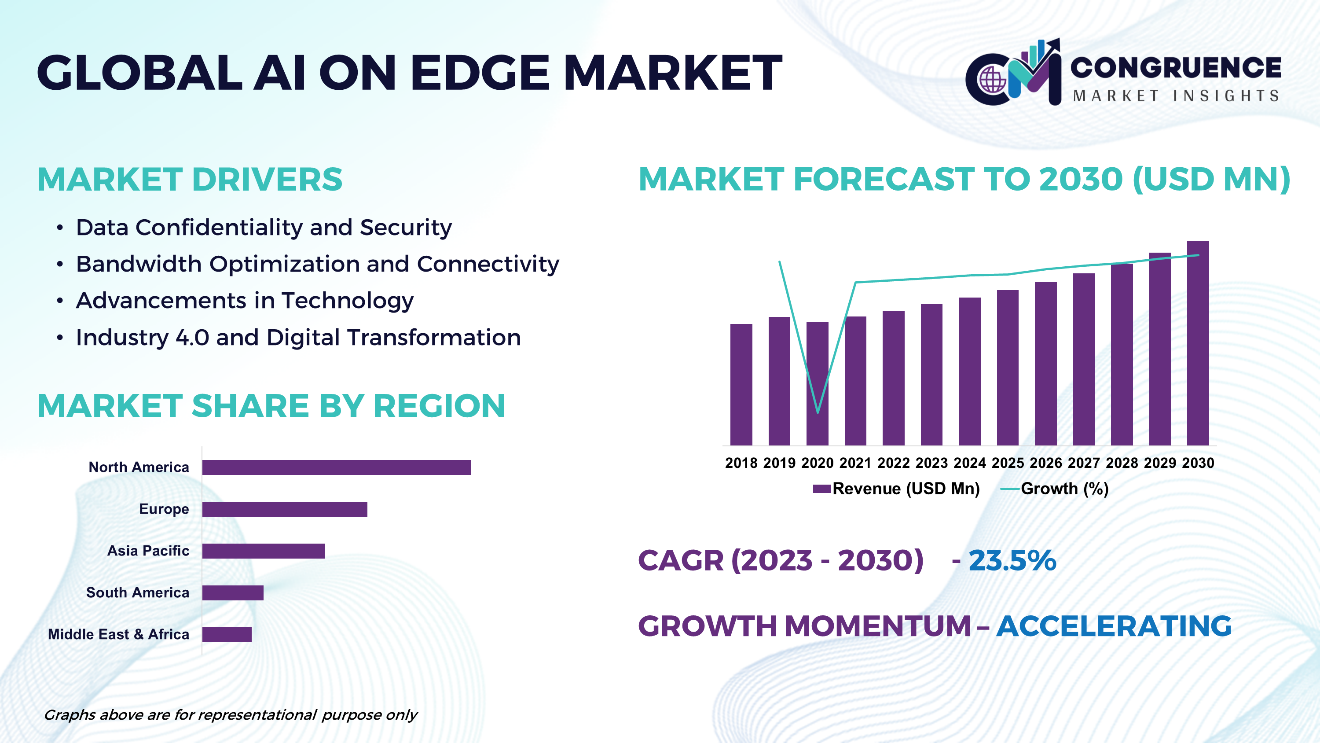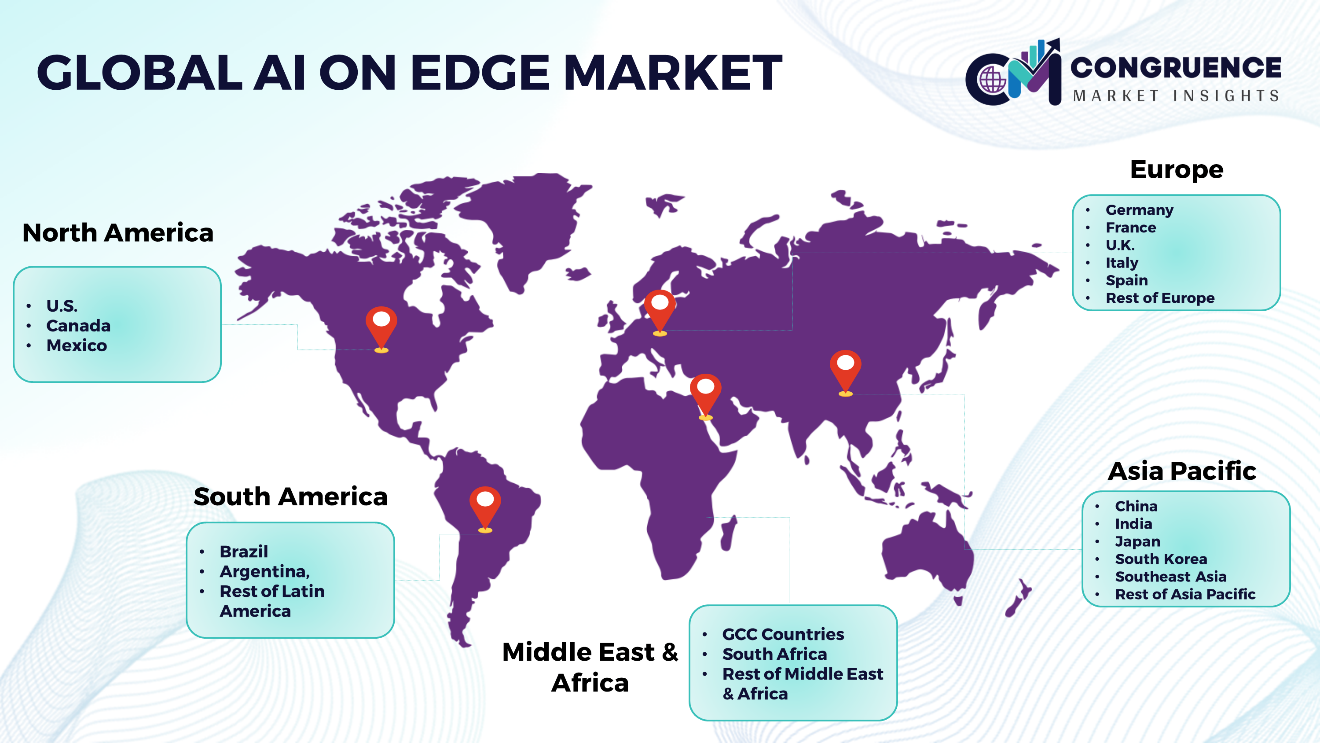Reports
The global digital pathology market was valued at USD 957.8 Million in 2022 and is anticipated to reach a value of USD 2,836.7 Million by 2030 expanding at a CAGR of 14.7% between 2023 and 2030.
A digital pathology incorporates the digitization of microscopes slides and data to create digital images which can be viewed on computer screen or mobile device. These digital images can be analyzed and interpreted remotely using computer software which offer faster diagnosis, easier collaboration and ability to store more data. Digital pathology is image-based information platform that involves acquisition, management and interpretation of pathology information which is generated in digital environment. It is an innovation to reduce laboratory expenses improve operational efficiency, enhance productivity and improving treatment decisions and patient care. Digital pathology is known for several benefits such as improved analysis, reduced errors, better views, reduce turnaround times, and improved quality. The type of images in digital pathology are while side images (WSI), tissue microarrays and digital photographs which are useful in multicenter studies. Digital pathology is useful in various applications such as diagnostic consultation, primary diagnosis, clinical research, training institutes and drug discovery.

Digital Pathology Market Major Driving Forces
Growing Demand for Pathology Services: Increasing in an aging population and growing healthcare needs globally lead to a boost in the demand for pathology services. Healthcare providers are adopting digital technology for improving patient care quality which drives the growth of the digital pathology market.
Increase in Prevalence of Cancer and Chronic Disease: Chronic diseases such as diabetes, cancer, and cardiovascular diseases are the most significant causes of disability and death. Increasing prevalence of chronic diseases and cancer globally leads to growing demand for pathology services. Digital pathology helps to improve lab efficiency by reducing turnaround times, minimizing cost, and improving accuracy.
Rapid Technological Advancements in Digital Pathology: Rapid technological advancement in digital imaging, digitalization, and light microscopy has improved the quality and accuracy of digital pathology which is also expected to drive market expansion. Digital pathology enhances analysis, reduce diagnostic error rates, and provide with remote access.
Government Initiatives for Digital Pathology: Governments around the globe are taking initiatives for the adoption of digital pathology which is expected to create growth opportunities for the market.
Digital Pathology Market Key Opportunities
Development of Affordable Scanners for Pathology: The prices of digital pathology equipment and software are relatively expensive therefore, development of affordable scanners is anticipated to offer growth opportunities for digital pathology industry. Most of the private businesses cannot afford expensive digital pathology tools, hence, the introduction of more affordable scanners to move towards automation of pathology workflow is expected to encourage adoption in developing countries.
Integration with Artificial Intelligence (AI):
Integration of AI in pathology to improve quantitative diagnostic accuracy and efficiency is expected to create lucrative opportunities for the digital pathology market. AI provides automated pathology and assist pathologists in their analysis. It analyzes digital slide images using machine learning and image analysis which speeds up the analysis and makes digital pathology more accurate.
Customization and Specialization:
A digitization of healthcare services is important for improving patient care and modernization. Developing customized digital pathology solutions for specific needs of clinical users helps to improve the effectiveness of digital pathology workflows. Specialization in digital pathology is to developed for specific applications, such as neuropathology, veterinary pathology, and cancer diagnosis which can help to improve accuracy and meet needs of healthcare providers.
Digital Pathology Market Key Trends
· Rise in demand for new technologies in digital pathology such as Artificial Intelligence based systems to automate workflows is a major trend in the market.
· The integration of emerging technologies in digital pathology could improve diagnostic accuracy, reduce workloads, and involve digital images into information system more efficiently.
· Growing demand for remote consultation and telepathology has led to the adoption of digital pathology which enables pathologists to consult with each other from any location. Digital pathology helps to improve remote collaboration and telepathology.
· Rising demand for more precise diagnosis and treatment plans for patient care is another trend for the market. Digital pathology supports advanced healthcare by providing accurate pathology data for diagnosis.
Region-wise Market Insights
North America accounted for the largest market share at 35.1% in 2022 whereas, Asia Pacific is expected to register the fastest growth, expanding at a CAGR of 15.5% between 2023 and 2030.

In North America, the growing adoption of digital pathology and the implementation of favorable initiatives by the government drive the growth of the digital pathology market. The prevalence of cancer and chronic diseases, and existence of key market players in North America is also driving the demand for digital pathology. Europe is expected to hold second position in the digital pathology market due to the rising adoption of digital pathology in this region. The increasing demand for remote collaboration and telepathology in Europe drives the growth of the market in this region. In Asia-Pacific, the market is driven by rising prevalence of cancer diseases and development of healthcare infrastructure in this region. The growth is attributed to rapid digitization, increased focus on investment, rising demand for digital imaging penetration in emerging nations. The Middle East and Africa has been witnessing a growing demand for digital pathology solutions with countries such as United Arab and Saudi Arabia have invested in healthcare infrastructure.
Market Competition Landscape
The digital pathology market is marked by fierce competition among numerous manufacturers. Leading players employ strategies for a competitive edge, such as innovating products, expanding markets, and integrating advanced technologies to align with changing consumer preferences. These major players are actively investing in research and development to create cutting-edge solutions with high-resolution imaging capabilities. Moreover, prominent players are expanding their business into new markets such as developing and emerging countries. Established brands leverage their reputation for quality and reliability to maintain market share, while newer entrants focus on disruptive innovations and unique selling propositions.
For instance, Danaher Corporation have been partners with Indica Labs, a leading provider of AI- powered digital pathology solution to deliver compatible digital pathology workflow solution.
Key players in the global digital pathology market implement various organic and inorganic strategies to strengthen and improve their market positioning. Prominent players in the market include:
· 3DHISTECH LTD
· Danaher Corporation
· Koninklijke Philips N.V.
· Glencoe Software Inc.
· HAMAMTSU Photonics K.K
· Indica Labs Inc.
· Nikon Corporation
· Perkinelmer Inc.
· F. Hoffmann-La Roche Ltd.
· Visiopharm A/S
· Fujifilm Holdings Corporation
· Proscia Inc.
· OptraSCAN
· Inspirata, Inc.
· Sectra AB
|
Report Attribute/Metric |
Details |
|
Market Revenue in 2022 |
USD 957.8.0 Million |
|
Market Revenue in 2030 |
USD 2,836.7 Million |
|
CAGR (2023 – 2030) |
14.7% |
|
Base Year |
2022 |
|
Forecast Period |
2023 – 2030 |
|
Historical Data |
2018 to 2022 |
|
Forecast Unit |
Value (US$ Mn) |
|
Key Report Deliverable |
Revenue Forecast, Growth Trends, Market Dynamics, Segmental Overview, Regional and Country-wise Analysis, Competition Landscape |
|
Segments Covered |
· By Product Type (Scanners, Software, and Storage & Communication Systems) · By Application (Teleconsultation, Drug Discovery, Disease Diagnosis, and Training & Education) · By End-user (Hospitals, Diagnostic Centers, Pharma & Biotech Companies and Others) |
|
Geographies Covered |
North America: U.S., Canada and Mexico Europe: Germany, France, U.K., Italy, Spain, and Rest of Europe Asia Pacific: China, India, Japan, South Korea, Southeast Asia, and Rest of Asia Pacific South America: Brazil, Argentina, and Rest of Latin America Middle East & Africa: GCC Countries, South Africa, and Rest of Middle East & Africa |
|
Key Players Analyzed |
3DHISTECH LTD, Danaher Corporation, Koninklijke Philips N.V. , Glencoe Software Inc., HAMAMTSU Photonics K.K, Indica Labs Inc., Nikon Corporation, Perkinelmer Inc., F. Hoffmann-La Roche Ltd., Visiopharm A/S, Fujifilm Holdings Corporation, Proscia Inc.,OptraSCAN, Inspirata, Inc., and Sectra AB |
|
Customization & Pricing |
Available on Request (10% Customization is Free) |
